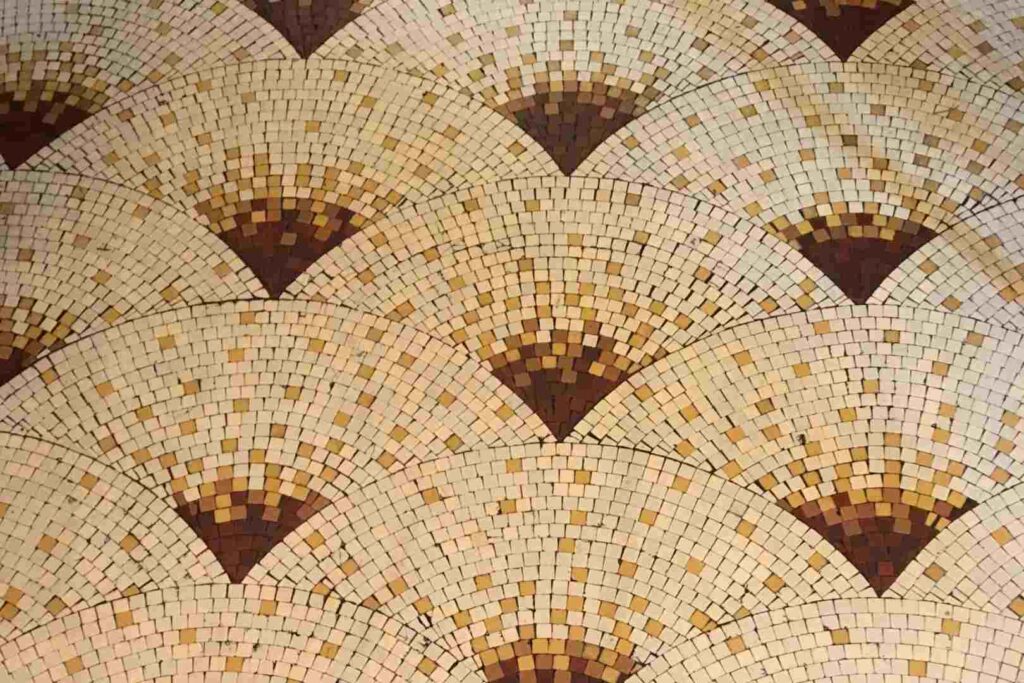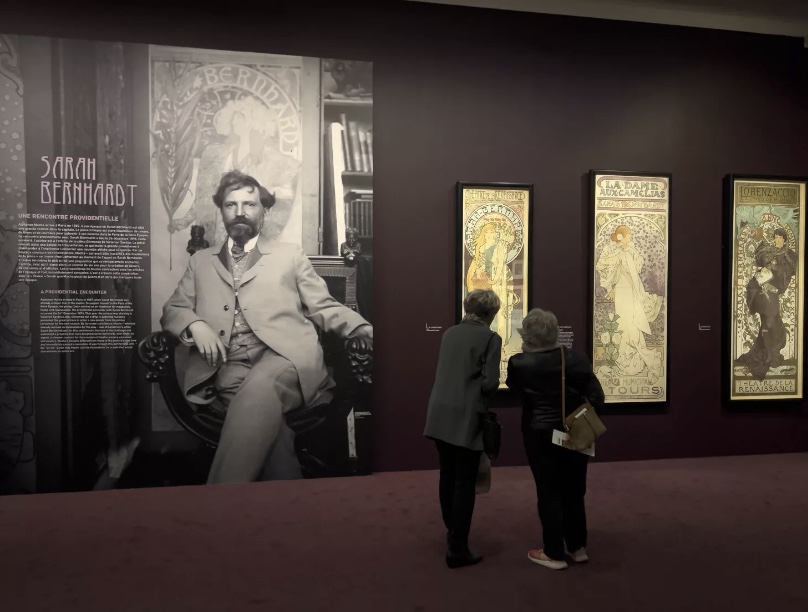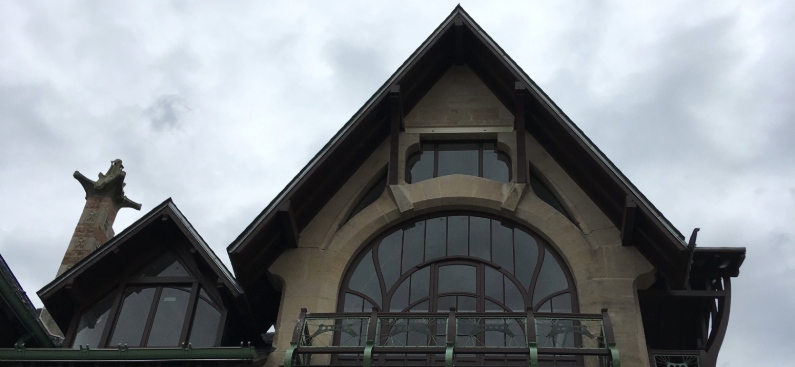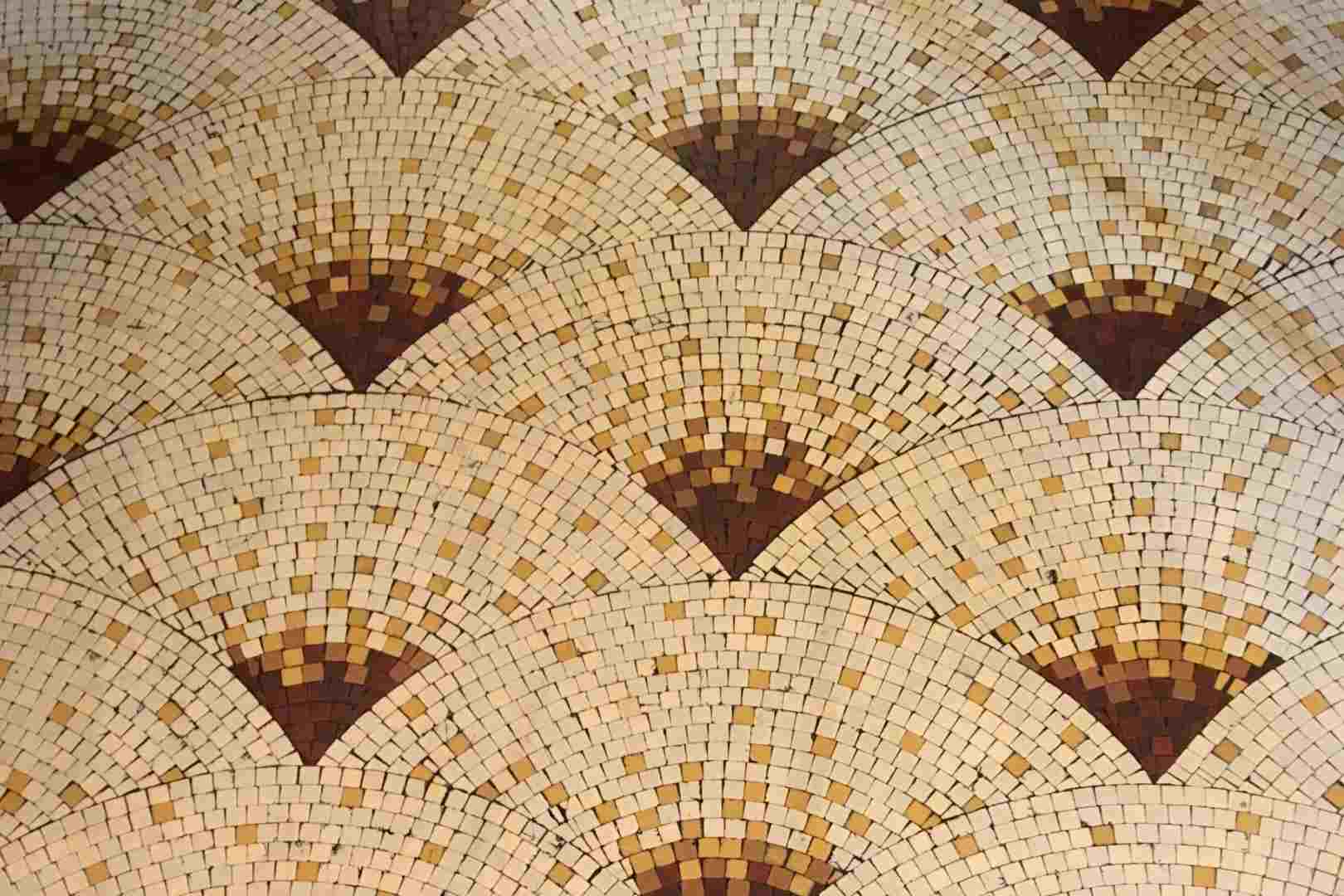Art Nouveau, an international style that flourished between the 1890s and 1910s, was deeply and intrinsically linked to the natural world. In a deliberate departure from the academic art, eclecticism, and historicism of the 19th century, artists and designers across Europe and beyond sought a “new art” that resonated with the modern age. This quest for innovation found its most potent inspiration in the organic forms of nature, transforming the botanical and zoological realms into a rich and diverse visual vocabulary that permeated nearly every aspect of design.
The transformative power of this art style lays in its ability to see beyond the mere surface appearance of the natural world and to distill its essence into a new and captivating visual language. From the delicate curve of a flower stem to the intricate veining of a leaf or the ethereal beauty of an insect’s wing, nature provided Art Nouveau artists with an endless source of inspiration. Through stylization, abstraction, and a deep appreciation for organic forms, they translated the botanical world into a diverse array of designs that continue to enchant and inspire. This “triumph of nature” in the decorative arts and architecture left an indelible mark on the history of art and design, demonstrating the enduring power of the natural world to spark human creativity and shape our aesthetic sensibilities.
The Allure of the Natural World:
The natural world provided Art Nouveau artists with an inexhaustible source of motifs. Plants and flowers, with their sinuous curves, undulating lines, and organic shapes, became a defining characteristic of the style. Designers meticulously studied flora and fauna, drawing inspiration from the stems and blossoms of plants, tree branches, flower stalks, and even seemingly mundane elements like leaves and tendrils. Indeed, analyses of designer garments in the Art Nouveau aesthetic reveal that leaves and stems tendrils were the most frequently used motifs, appearing in 75% of the creations studied.
Beyond the floral, the animal kingdom, particularly insects, held a significant fascination for Art Nouveau artists. Dragonflies, damselflies, butterflies, moths, bees, and longhorn beetles with their spiraling antennae and legs populated decorative works. Even reptiles, such as snakes, inspired the flowing and curving lines prominent in the style. This embrace of the natural extended to anthropomorphic elements and a general appreciation for the constant metamorphosis of nature.
The École de Nancy in France stands out for its profound connection to botany. Émile Gallé, a trained botanist and a central figure of the movement, drew his greatest inspiration from the flora of the Lorraine region. He even used photography to study plants, flowers, and insects for his glass designs. The close relationship between artists and horticulturists in Nancy is evidenced by works adorned with new plant species and sometimes dedicated to their breeders.
From Observation to Abstraction:
While nature served as the primary muse, Art Nouveau was not about literal replication. Instead, artists engaged in a process of abstraction and stylization, capturing the essence and dynamism of natural forms rather than their precise details. This transformation involved:
- Emphasis on line: The flowing, curved line, often described as a “whiplash curve”, became the hallmark of Art Nouveau. This energetic and rhythmic line evoked the growth and movement found in nature.
- Simplification of form: Natural elements were often flattened into color planes with strong outlines. While inspired by nature, Art Nouveau designs often exhibited a schematically stylized representation of flora and fauna.
- Use of organic motifs as decoration: Plants, animals, and anthropomorphic figures were employed as decorative elements, seamlessly integrated into the overall design.
- Symbolism: Natural motifs often carried symbolic meaning, representing deeper ideas about life, beauty, and the spirit of the age.
A Universal Language Across Disciplines:
The principles of naturalism, abstraction, and flowing lines were applied across a wide range of artistic disciplines, creating a cohesive and immersive aesthetic:
- Architecture: Architects like Victor Horta in Brussels and Antoni Gaudí in Barcelona fundamentally incorporated natural forms into their buildings. Horta’s designs featured curving ironwork reminiscent of plant tendrils and organic ornamentation. Gaudí’s architecture, exemplified by the Sagrada Familia and Casa Battló, seemed to “pulse with life” due to its ornate and curvaceous forms inspired by nature. The concept of Gesamtkunstwerk (total work of art), aiming for harmony across all design elements, meant that architectural ornamentation, often drawn from the natural world, was integral to the building’s overall aesthetic.
- Jewelry: Art Nouveau jewelry embraced delicate and swirling femininity figures intertwined with tree branches and flower stalks. Insects like dragonflies and bees were popular motifs, often rendered with intricate detail and using materials like enamel, glass, and precious stones. The “Apparitions” brooch by Eugene Samuel Grasset, studded with topazes, exemplifies this naturalistic yet stylized approach.
- Furniture: Furniture design in the Art Nouveau era moved away from rigid, historical styles towards organic curves and shapes. Legs and backs of chairs might resemble plant stems, and decorative inlays often featured floral or animal motifs. The goal was to create furniture that was not just functional but also beautiful and harmonious with the natural world.
- Typography and graphic design: The influence of nature extended to the printed word. Posters and book covers featured flowing lines and organic decorative elements, often framing central figures. “Whiplash curves” added a sense of dynamism, and typography itself sometimes mimicked the twisting forms of vines and branches. Alphonse Mucha’s poster designs are prime examples of this integration of natural forms, stylized female figures, and flowing lines. Even the magazine Jugend, which gave the style its German name Jugendstil, utilized natural imagery in its design.
A Contrast with scientific illustration:
While both scientific botanical illustrations and Art Nouveau drew inspiration from the same source, their aims and approaches differed significantly:
- Scientific illustration: Focused on objective and accurate representation of plant morphology for identification and study. Detail, precision, and adherence to scientific accuracy were paramount. Illustrations aimed to depict the plant in a clear and unambiguous manner, highlighting key characteristics.
- Art nouveau reinterpretation: Prioritized artistic expression, emotion, and the creation of beauty. While often grounded in observation, the goal was not scientific accuracy but rather a stylized and evocative representation that captured the spirit and essence of the natural form. Artists employed artistic license, abstracting and exaggerating features for decorative and symbolic effect.
In essence, scientific illustration sought to inform the mind, while Art Nouveau aimed to delight the eye and stir the soul through a subjective and often idealized vision of nature.
Regional nuances:
The interpretation of natural motifs in Art Nouveau also varied across different geographical locations, often reflecting local flora and cultural aesthetics. The École de Nancy heavily featured regional plants like the thistle (chardon), a symbol of Lorraine. In Barcelona, Gaudí’s work exhibited a unique, almost surreal organicism, reminiscent of local landscapes and natural formations. The Hungarian Szecesszió incorporated elements from vernacular architecture, tradition, and local materials, often featuring stylized depictions of native flora and fauna.
If you’re captivated by the intricate beauty and historical significance of Art Nouveau, we invite you to delve deeper into this fascinating era of art and design. At ArtNouveau.Club, you’ll find a wealth of information and resources that explore the rich tapestry of this international movement. From its origins in the late 19th century to its enduring influence on modern aesthetics, our platform offers insightful articles, stunning visuals, and engaging stories that bring the spirit of Art Nouveau to life. Whether you’re an enthusiast seeking to expand your knowledge or a curious mind eager to discover the allure of this transformative period, join us on this journey and immerse yourself in the world of Art Nouveau.





